Vorbehandlung gegen Mühle Finish Aluminium für reflektierende Zeichenmontage

Die Oberflächenbehandlung ist sehr wichtig für die Reflektierzeichenmontage. Die Art der Metall ändert. Aluminium mit einem guten Finish macht das Schild länger anhaltend. Es hilft auch, dass das Schild lange gut aussieht. Einige Oberflächen halten das Metall vor Regen und Rost sicher. Mühle Finish Aluminium kommt direkt aus der Fabrik. Vor behandeltes Aluminium durchläuft mehr Schritte, um besser zu arbeiten. Ein Schild mit dem besten Finish kann mit hartem Wetter draußen umgehen. Dies hilft die Sicherheit von Straßen. Gutes Metall macht jedes reflektierende Zeichen gut funktioniert.
Entdecken Sie die Vorteile von 5052-H38-Aluminium für Verkehrssteuerungszeichen
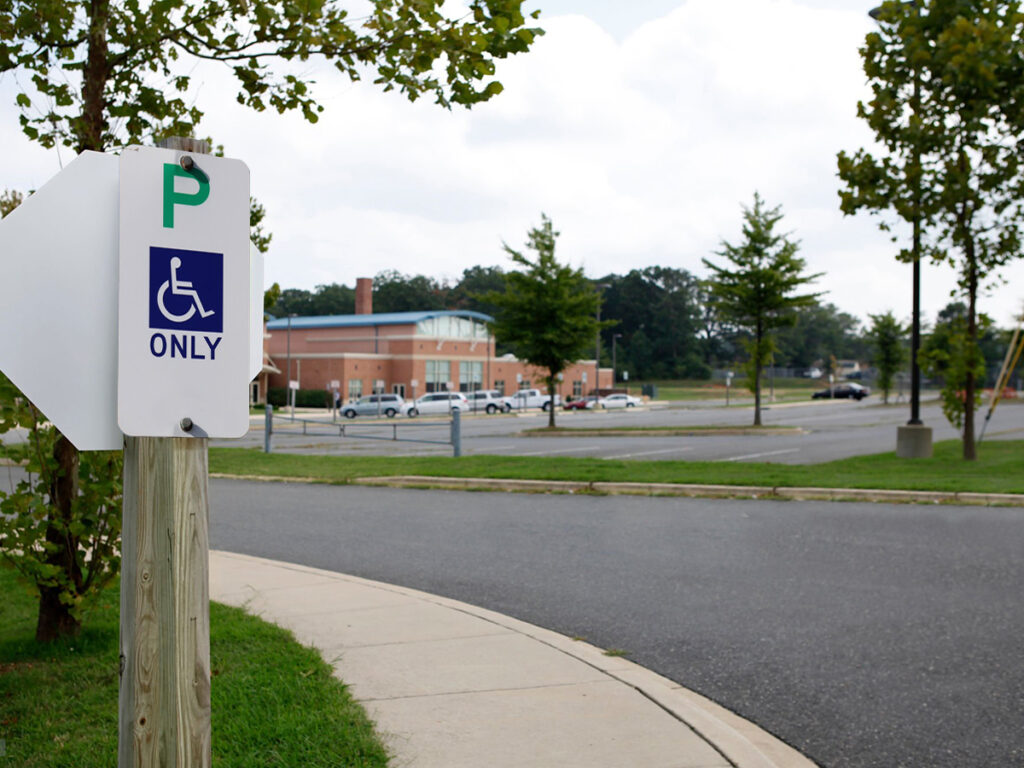
5052-H38 Aluminium ist die beste Wahl für Verkehrskontrollschilder in Australien. Es ist außergewöhnlich stark und stark resistent gegen Korrosion. Es entspricht auch allen nationalen Standards. Die Auswahl des richtigen Materials für Straßenschilder ist entscheidend, da es die Verkehrssicherheit aufrechterhält und sicherstellt, dass Schilder deutlich sichtbar bleiben. Dies verbessert auch die Gesamtleistung der Zeichen. In Queensland durchgeführte Forschung zeigt, dass UV-stabilisierte Aluminium verblasst und Korrosion verhindert. Dies hält die Verkehrssteuerungszeichen klar und langlebig, auch unter harten Wetterbedingungen. Die Verwendung des entsprechenden Aluminiums verlängert die Lebensdauer von Anzeichen und sorgt für die Einhaltung der Vorschriften. Folglich, Weniger Schilder erfordern Ersatz, Beitrag zu sichereren Straßen für alle.
So wählen Sie die Aluminiumdicke für Verkehrskontrollschilder basierend auf Windlast und Größe aus
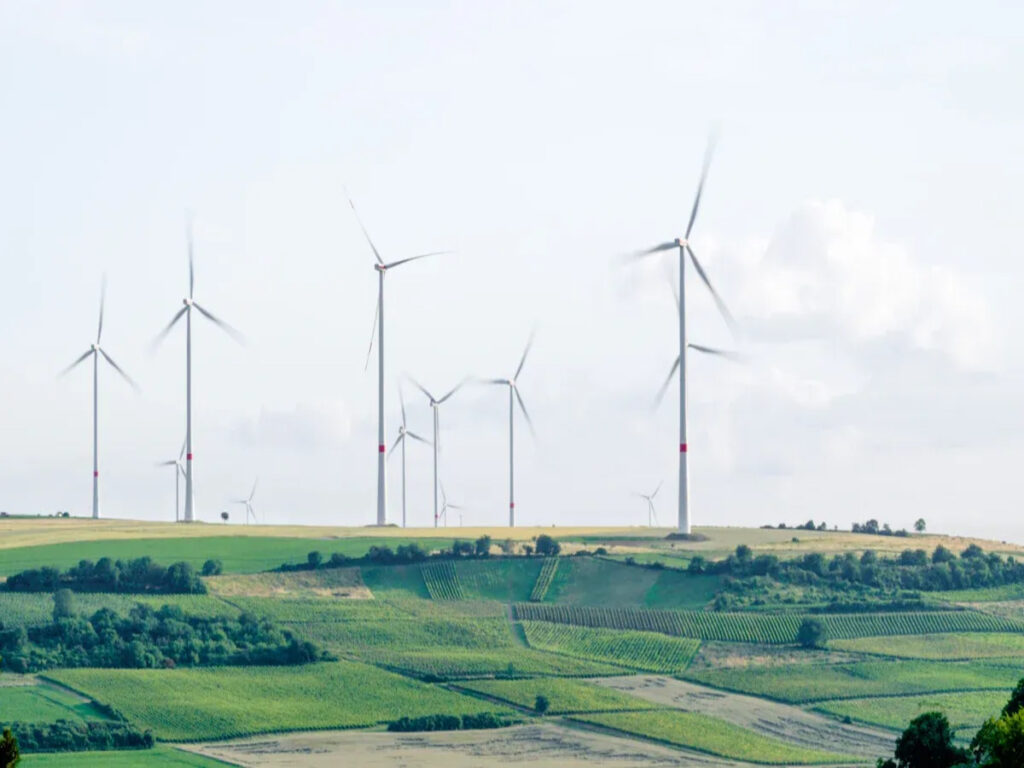
Sie müssen die richtige Aluminiumstärke für Verkehrsleitschilder wählen, um die Straßen sicher zu halten und die Schilder stabil zu halten. In Australien, die meisten Zeichen, wie STOP-Schilder, Verwenden Sie dazwischen Aluminiumbleche 1.6 mm und 2.0 mm dick. Die Dicke hängt von den Windlastzonen ab, wie Sie das Schild montieren, und lokale Regeln. Durch die Auswahl der richtigen Dicke wird Ihr Schild widerstandsfähiger gegen Biegen, Ablösung, und Schaden, Stellen Sie sicher, dass es länger hält und den Sicherheitsstandards entspricht.
Wie materielle Auswahlmöglichkeiten die Zukunft von Verkehrsschildern zum Verkauf in Australien formen
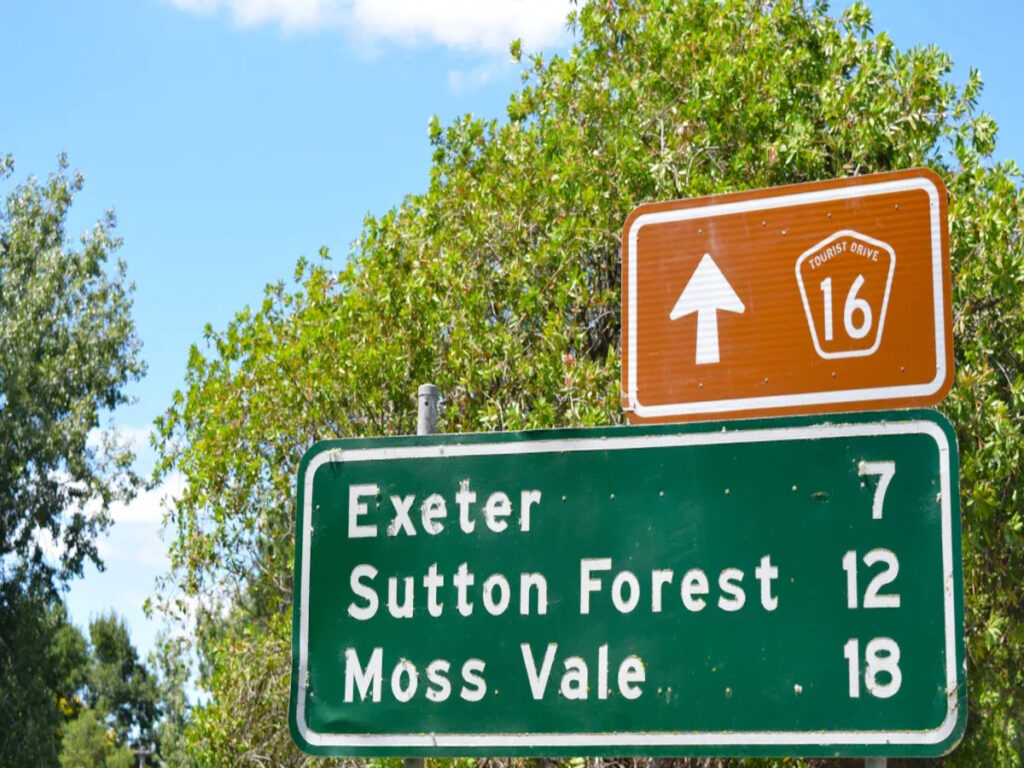
Die materielle Auswahl ist sehr wichtig für die Verkehrssicherheit in Australien. Fahrer nutzen jeden Tag Verkehrsschilder zum Verkauf, um ihnen zu helfen und sie zu schützen. Aluminium, Stahl, Kunststoff, Verbundwerkstoffe, und reflektierende Bleche helfen, Schilder sicher und leicht zu sehen. Die richtige Mischung aus Materialien macht starke Verkehrszeichen. Dies hilft die Sicherheit der Menschen auf allen Straßen. Käufer müssen darüber nachdenken, wie sich jede Mischung auf die Sicherheit und die Straßenverkehr auswirkt. Sie sollten auch darüber nachdenken, wie es sich im Laufe der Zeit auf die Sicherheit auswirkt. Materialoptionen ändern die Zukunft von Verkehrsschildern zum Verkauf. Diese Entscheidungen setzen die Regeln für die Verkehrssicherheit in Australien fest.
Klasse 1W vs. Klasse 400 Reflektierende Schilder für internationale Projekte
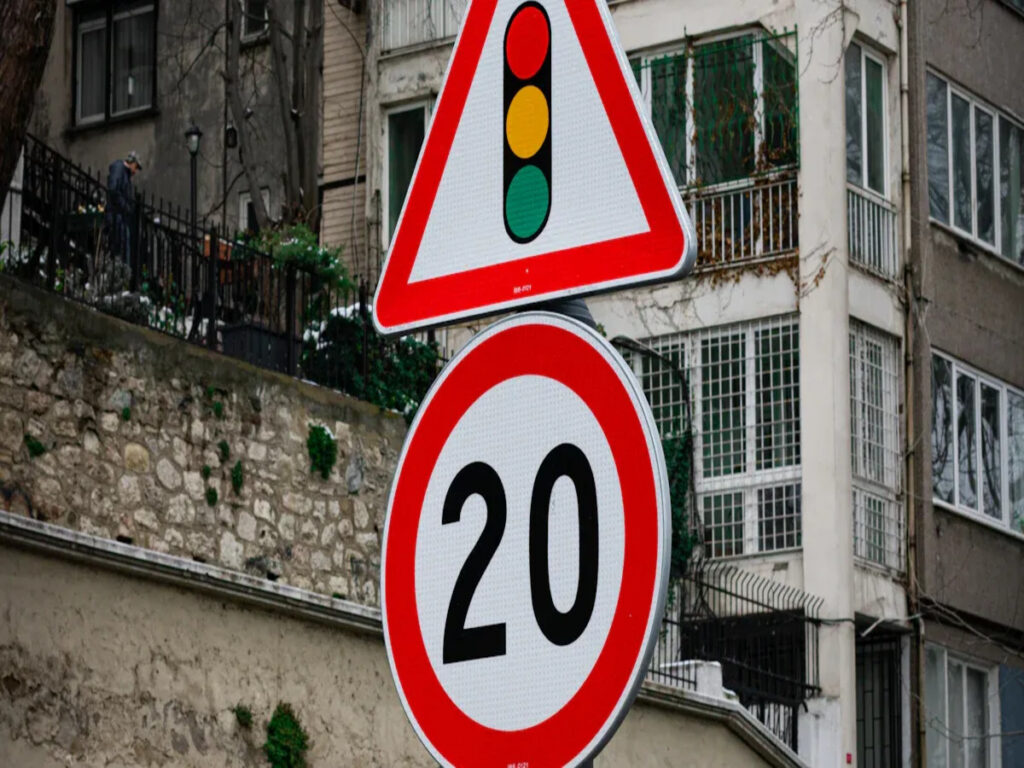
Bei internationalen Projekten mit reflektierenden Schildern müssen die Regeln genau beachtet werden. Ein reflektierendes Schild für die Sicherheit von Straßenzügen in einem Land entspricht möglicherweise nicht den Vorschriften eines anderen Landes. Fehler bei der Übereinstimmung von Verkehrszeichenregeln können die Verkehrssicherheit beeinträchtigen. Wenn ein Lastzug Grenzen überschreitet, Schilder müssen klare Warnungen geben. Technische Genauigkeit gewährleistet die Sicherheit von Fahrern und der Öffentlichkeit. Durch die Überprüfung der Regeln wird sichergestellt, dass jedes Verkehrszeichen sicher genug ist.
Wo reflektierende Zeichen der Klasse 1W in australischen Straßenschildprojekten erforderlich sind
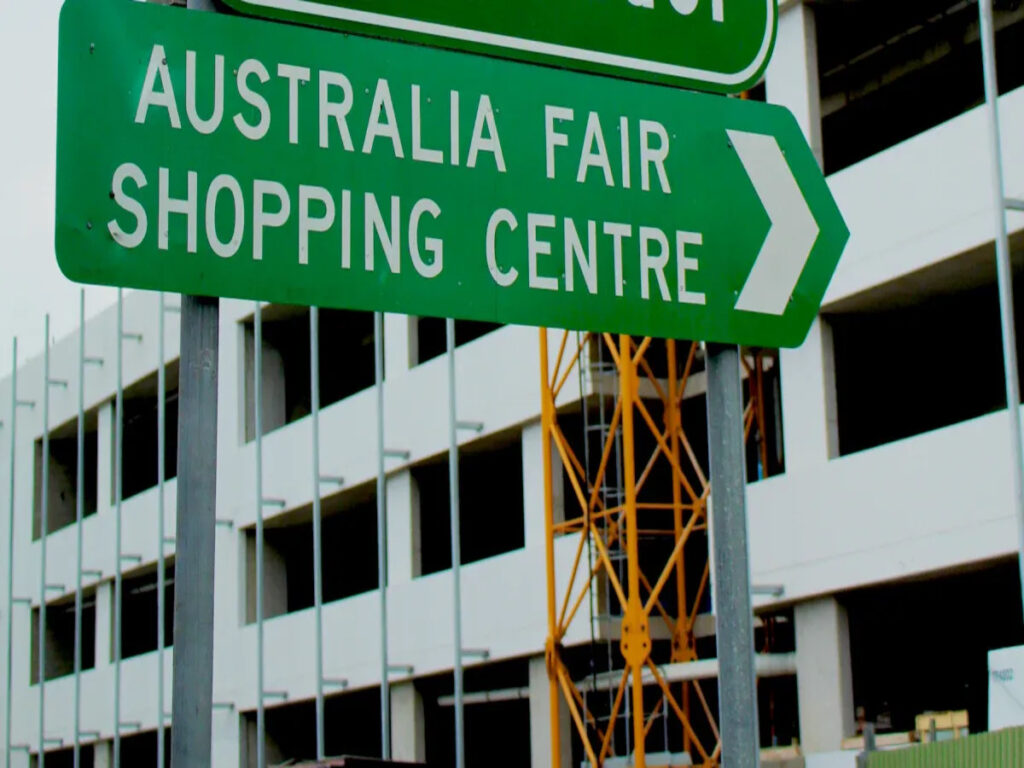
Reflexionszeichen der Klasse 1W sind in Australien für die Top -Sichtbarkeit und -sicherheit benötigt. Diese Zeichen werden auf Autobahnen verwendet, Autobahnen, Schulzonen, und Tunnel. Die Straßenbehörden wählen Klasse 1W für Orte mit schnellem Verkehr, Dunkeles Licht, oder knifflige Straßen. Das Reflexionsvermögen des Weitwinkels hilft den Fahrern, Schilder früh und deutlich zu sehen. Dies senkt die Wahrscheinlichkeit einer Gefahr an riskanten Stellen.











